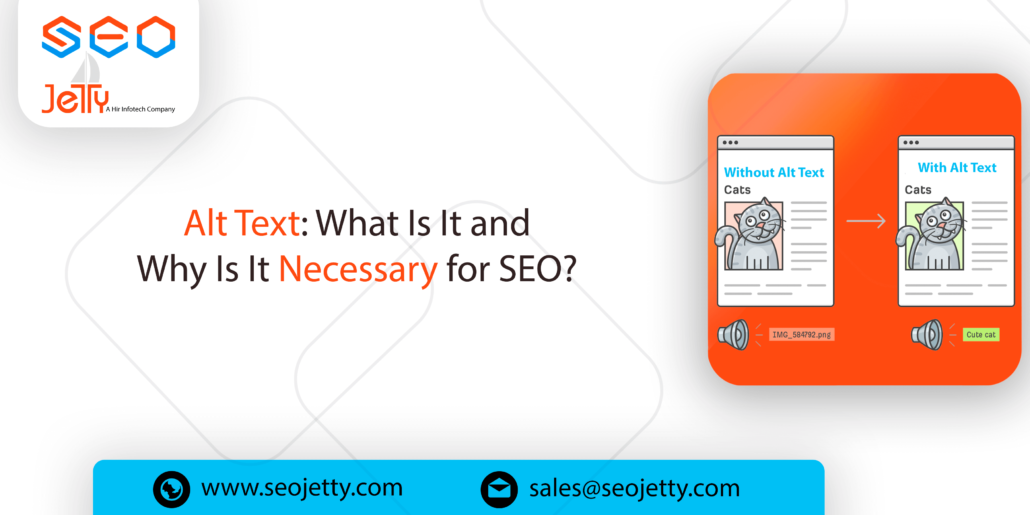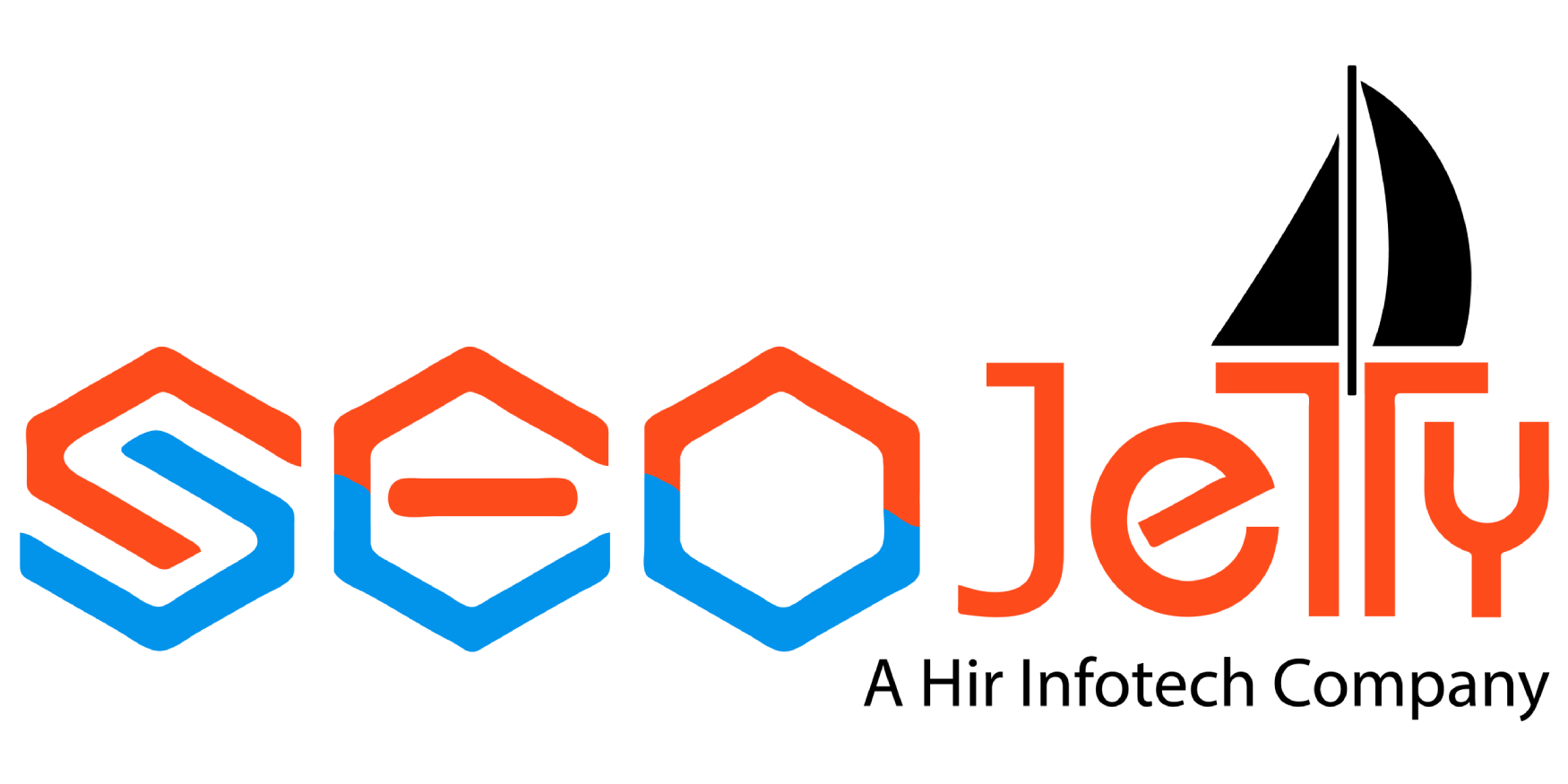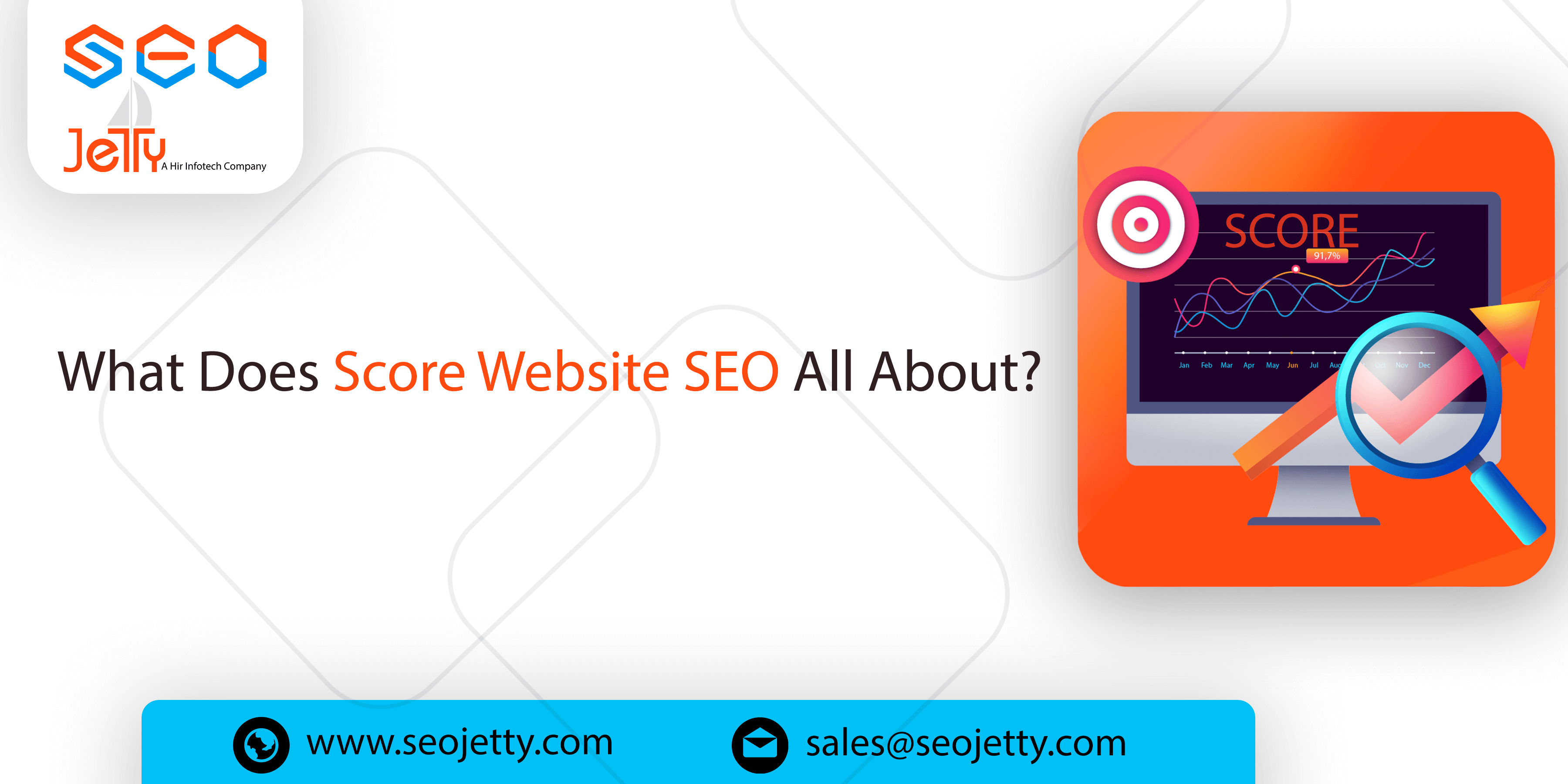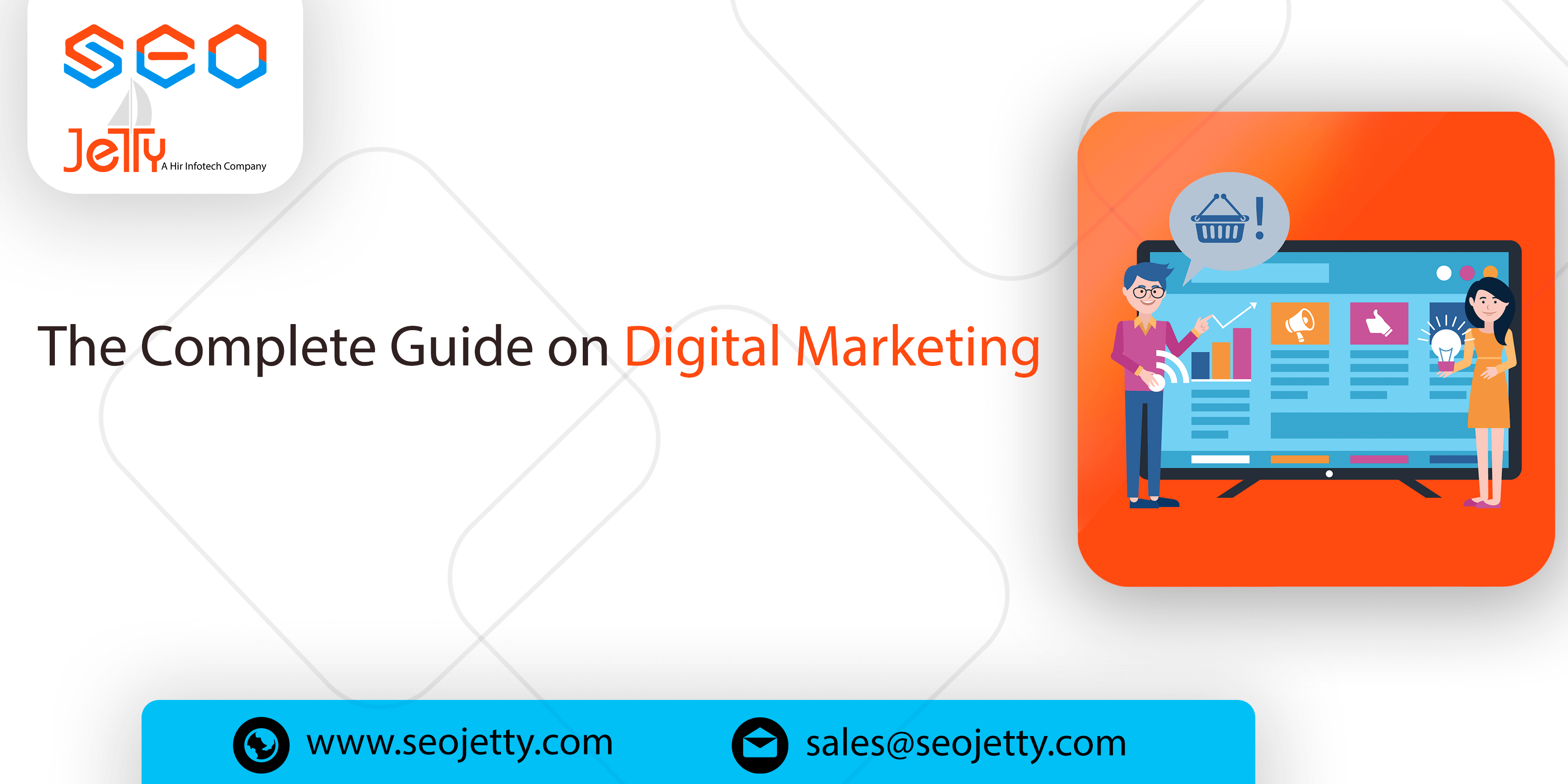
Alt text: What is it?
The alternate text (alt text) for an image explains what the image is meant to do or how it looks. If an image fails to load, the alt text will be displayed instead, and search engine bots will be able to better grasp the content of your page because of it. Alt text, also called “alt attributes,” “alt descriptions,” or, more technically erroneously, “alt tags,” is the text used in an HTML code or in the relevant field in your CMS to describe an image (Content Management System.)
Alternative text applications:
- Web accessibility requires that you provide alternate text for any images used on your site.
- If an individual is blind, visually disabled, or unable to view the images on a website, the alt attributes will be read out by the user’s screen reader.
- In the event that a picture cannot be loaded, the accompanying alt text will be shown instead.
- Search engine spiders can better index and rank an image in image search because of the additional information provided by the alt text. It also helps search engines understand the context of the page’s content.
What makes alt text crucial?
1. Accessibility
Accessible website design principles include using alt text. It was designed and still serves primarily to give visually impaired visitors access to visual content. This includes individuals who are sight-impaired or otherwise unable to visually identify an image, as well as those who use screen readers or image-blocking browsers. If you have alternative language for your photographs, visitors with visual impairments will still be able to enjoy your site’s content.
2. Image search SEO
The inclusion of picture alt text not only enhances the user experience and makes your site more accessible, but it may also have positive effects on your search engine rankings. Making sure your photographs are search engine optimized raises their visibility in image searches and curated collections of images.
If you want to improve your image search rankings, you should focus on making it easier for relevant images to appear in response to text-based queries. For this, you need to implement picture SEO best practices such as:
- Relevant file name
- Alt text
- Modern file formats
- Scheme markup
All of this works to improve Google’s ability to interpret the photos on your site and provide accurate results when users conduct an image search.
While search engines have gotten much better at recognizing images over the years, their crawlers still can’t “see” what we see on a webpage, so it’s not a good idea to put all the weight of interpretation on their shoulders. If they misunderstand or make a mistake, you can wind up ranking for the wrong keywords or not at all.
Alt text: How significant is it?
In addition to following best practices for picture titles and file naming, providing alt text guarantees that the site’s content is accessible to all visitors and crawlers.
Another place you might put your keyword target is in the alt text. Create alt text that describes the image and, if possible, incorporates a keyword or keyword phrase you’re targeting, as on-page keyword usage is still a strong search engine ranking factor.
Giving Google the appropriate information about your images is an excellent method to express topic relevance, which is especially important if traffic from image search is a significant element of your SEO plan. You simply need to make sure to use them effectively.
Frequently asked questions:
What is an alt attribute in SEO?
Alt tags, also known as alt attributes and alt descriptions, are HTML attributes used in conjunction with image tags to supply a textual alternative for crawlers. Search engine results can be improved by adding alt tags to pictures like product photos on an online shop’s website.
Why is alt text important for accessibility?
For individuals who are visually impaired, a picture is worth nothing without some kind of explanation, and this is where alt text comes in. Images in PDFs frequently communicate essential context or detail.
Why should alt text be included in your image files?
Accessible website design principles include using alt text. It was designed and still serves primarily to give visually impaired visitors access to visual content. This includes individuals who are sight-impaired or otherwise unable to visually identify an image, as well as those who use screen readers or image-blocking browsers.









